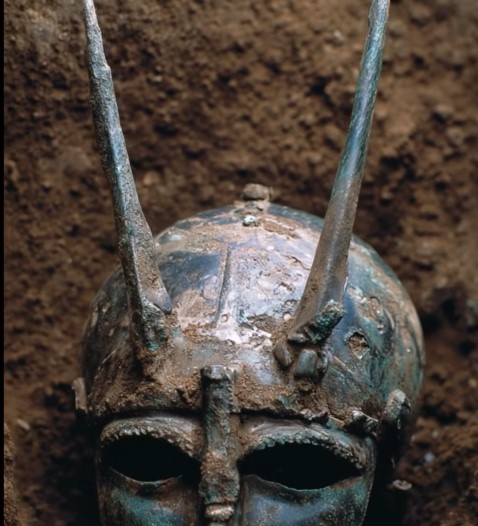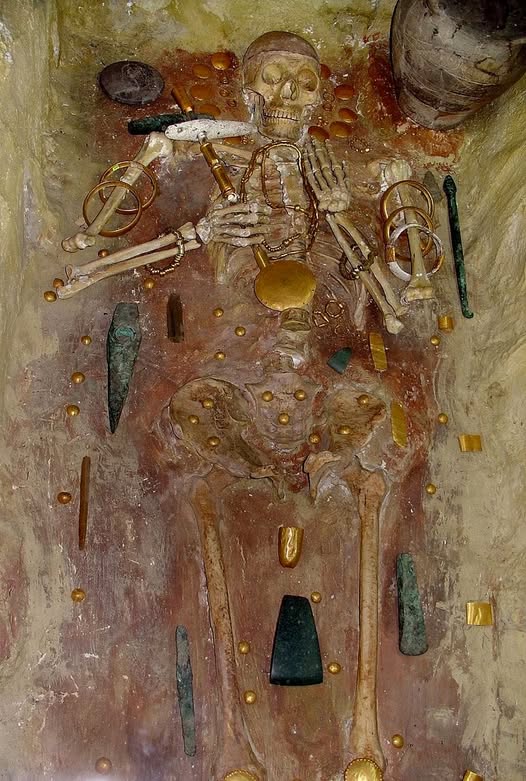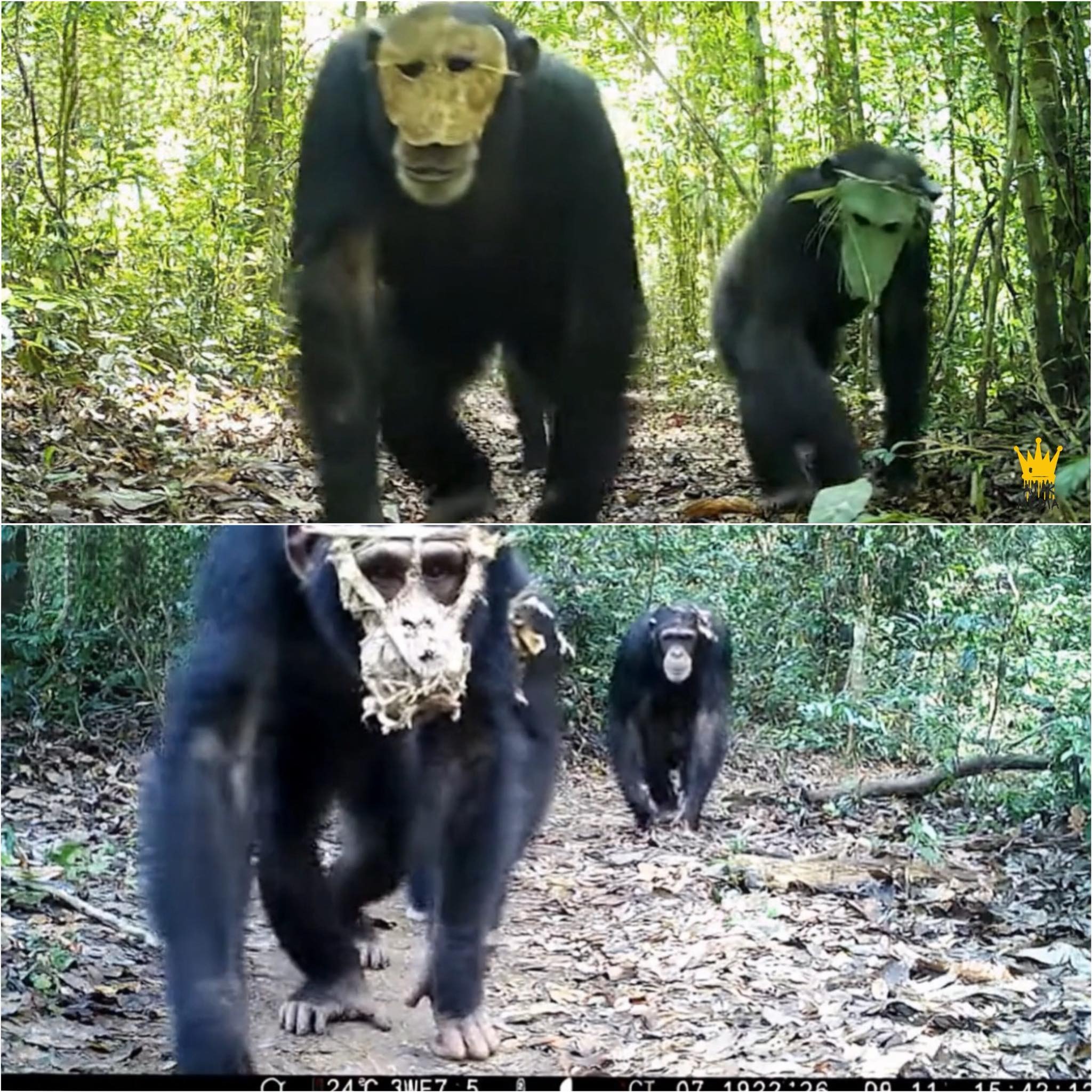A Struggle Against Time
On the quiet shores of Ningbo, a coastal city south of Shanghai, a life-or-death drama unfolded that would test both human endurance and compassion. A massive 65-foot sperm whale, weighing over ten tons, had become stranded on the sand — its immense body trapped in the shallows, its life hanging precariously between the sea and the shore.
Sperm whales, among the largest animals on Earth, are perfectly adapted for the deep ocean — but utterly helpless on land. Once stranded, their own weight becomes their greatest enemy. Without the buoyancy of seawater, internal organs begin to collapse, body temperature rises dangerously, and dehydration sets in. If the tide rises too high, even breathing can become impossible, as water threatens to flood the whale’s blowhole.
Time was running out. As news spread, a rescue operation quickly mobilized. Firefighters, local volunteers, and marine experts rushed to the scene, uniting under one shared mission — to bring the whale back to the sea before it was too late.
The Human Effort

The rescue became a marathon of endurance. For twenty-six straight hours, teams battled heat, fatigue, and uncertainty to keep the whale alive. Using hoses and buckets, they sprayed water continuously across its massive body to prevent overheating and cracking of the skin.
Trenches were dug by hand and with machinery to channel seawater around the whale, allowing it to stay partially buoyant and relieve pressure from its organs. Others shoveled sand beneath its body to create stability, ensuring that it wouldn’t collapse under its own immense weight.
Every move had to be precise. A wrong pull or misplaced rope could injure the whale further. Coordinators shouted instructions over the roar of the ocean and the buzz of machinery, synchronizing dozens of rescuers in an effort that combined both science and empathy.
Marine biologists on-site advised that sperm whales are highly intelligent, capable of forming social bonds and recognizing danger. This one, though weakened, seemed aware of the humans’ efforts — blinking slowly, exhaling through its blowhole, and twitching its tail as if sensing hope.
A Race Against the Tide

As the day turned to night, rescuers grew weary, but retreat was not an option. Floodlights illuminated the beach, transforming it into a surreal scene — an army of rescuers working in the dark, surrounded by the rhythmic sound of waves and the deep sighs of the stranded whale.
When the tide began to rise, tension filled the air. This was the whale’s final chance. The incoming water could either lift the animal to safety or drown it if the blowhole became submerged before rescue teams could act. Ropes were secured around the whale’s body with utmost care, and tugboats stood by offshore, ready to assist once the tide was deep enough.
As the water rose, dozens of hands guided the ropes, helping the whale shift inch by inch toward the open sea. The sound of splashing, shouting, and rushing waves echoed across the beach — a chorus of desperation and determination.
Finally, just after midnight, the whale’s massive body began to float freely. Cheers broke out among rescuers as the ropes tightened and the animal was gently towed into deeper water.
Freedom at Dawn

When the first light of dawn broke over Ningbo, the rescue reached its climax. The tugboat released the final line, and for a moment, the whale lingered near the surface, as if uncertain of its new freedom. Then, with a powerful sweep of its tail, it dove into the deep, leaving only ripples in its wake.
Those ripples carried with them the emotions of everyone who had fought through the night — exhaustion, relief, and a profound sense of unity. A creature that had been moments from death now returned to its element, thanks to a human effort defined by coordination, patience, and compassion.
A Testament to Resilience and Cooperation
Marine rescue experts later described the operation as one of the most demanding but successful in recent years. For the volunteers and first responders, the sight of the whale vanishing beneath the morning waves was more than just a triumph — it was a moment of connection between species.
This extraordinary event is a reminder of how fragile life can be, even for the largest creatures on Earth. It highlights how collaboration — from trained professionals to local citizens — can transform tragedy into hope.
The rescue also underscores the growing challenges marine wildlife face due to climate change, ocean pollution, and disorientation caused by human activity. Whales, particularly deep-diving species like sperm whales, can become stranded due to sonar interference, illness, or shifts in ocean temperature that confuse their navigation.
The Echo of a Shared Victory
As the tide reclaimed the beach, only faint traces of the struggle remained — rope marks in the sand, footprints, and the lingering scent of salt and life. Yet for those who were there, the memory will never fade.
In saving one whale, they reminded the world of something greater: that human compassion can still bridge the divide between our species and the natural world.
For a brief, breathtaking moment, a beach in Ningbo became the meeting point of two worlds — one bound to the land, the other born of the sea — and both proved that survival, when fought for together, is the most powerful force of all.
Sources:
- BBC News – Sperm Whale Rescue in Ningbo, China
- National Geographic – Why Whales Strand Themselves and How Humans Can Help
- The Guardian – China Rescuers Save Stranded Sperm Whale After 26-Hour Effort
- Reuters – Whale Freed After Massive Rescue on China’s Coast












Leave a Reply